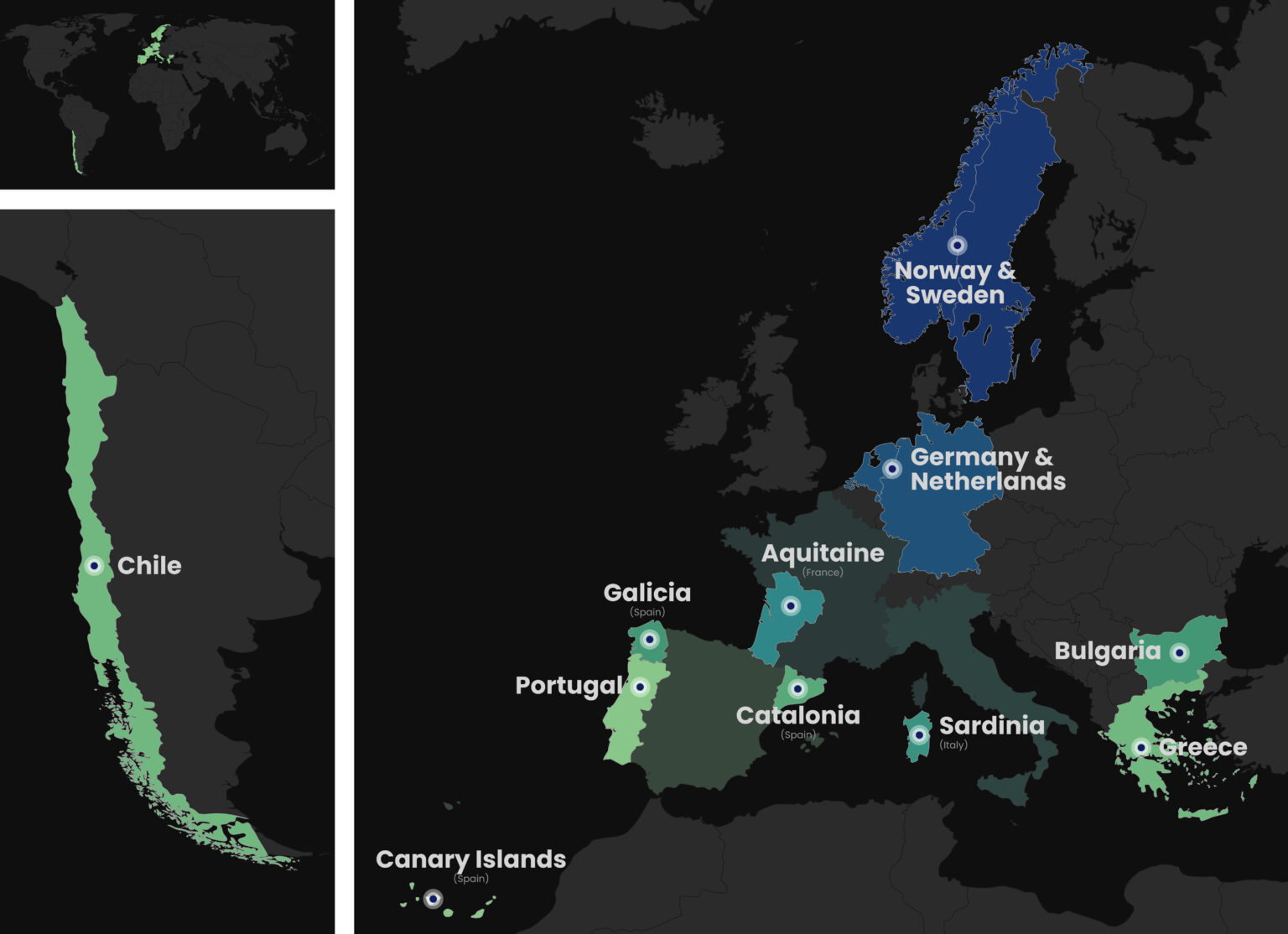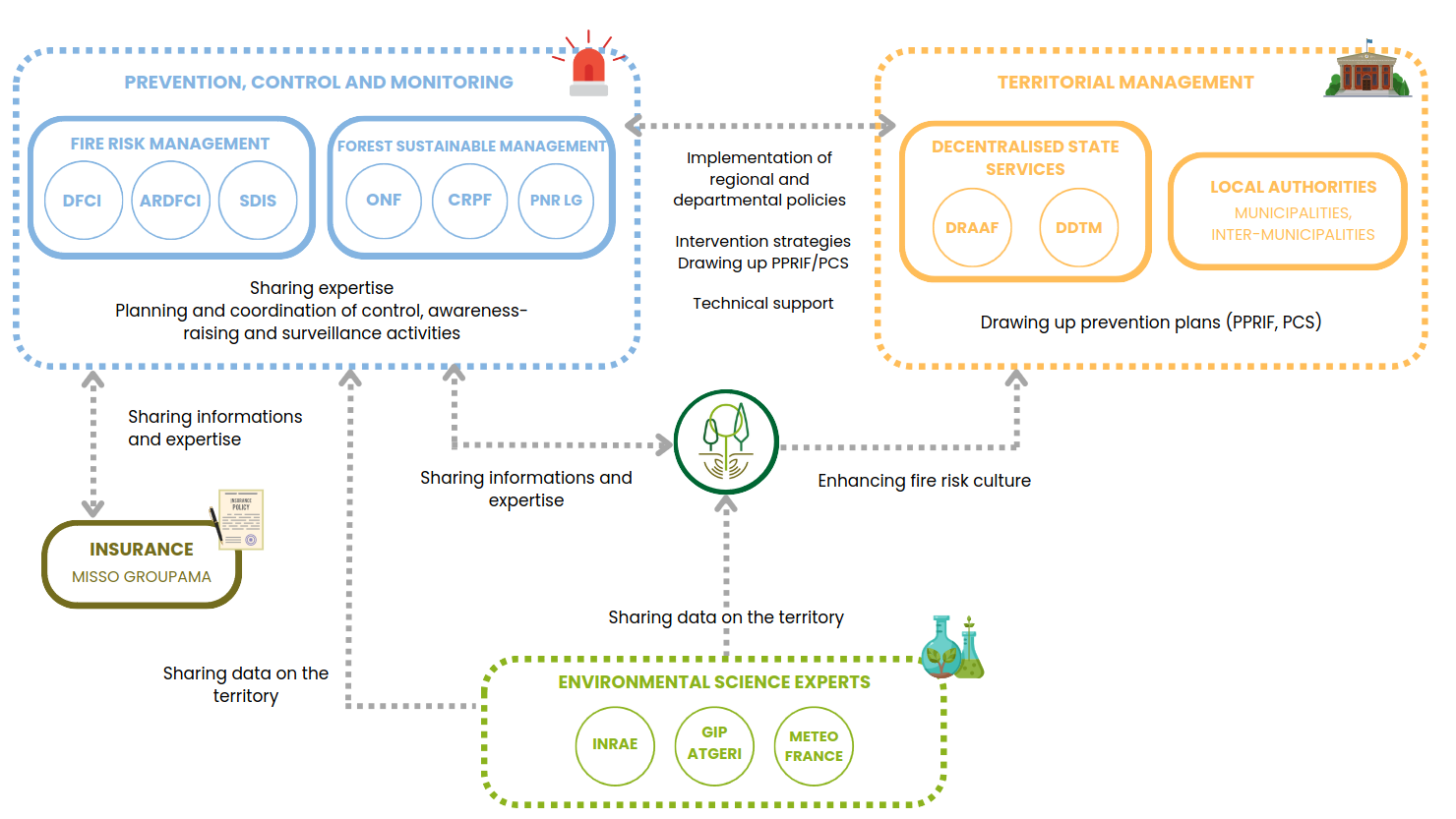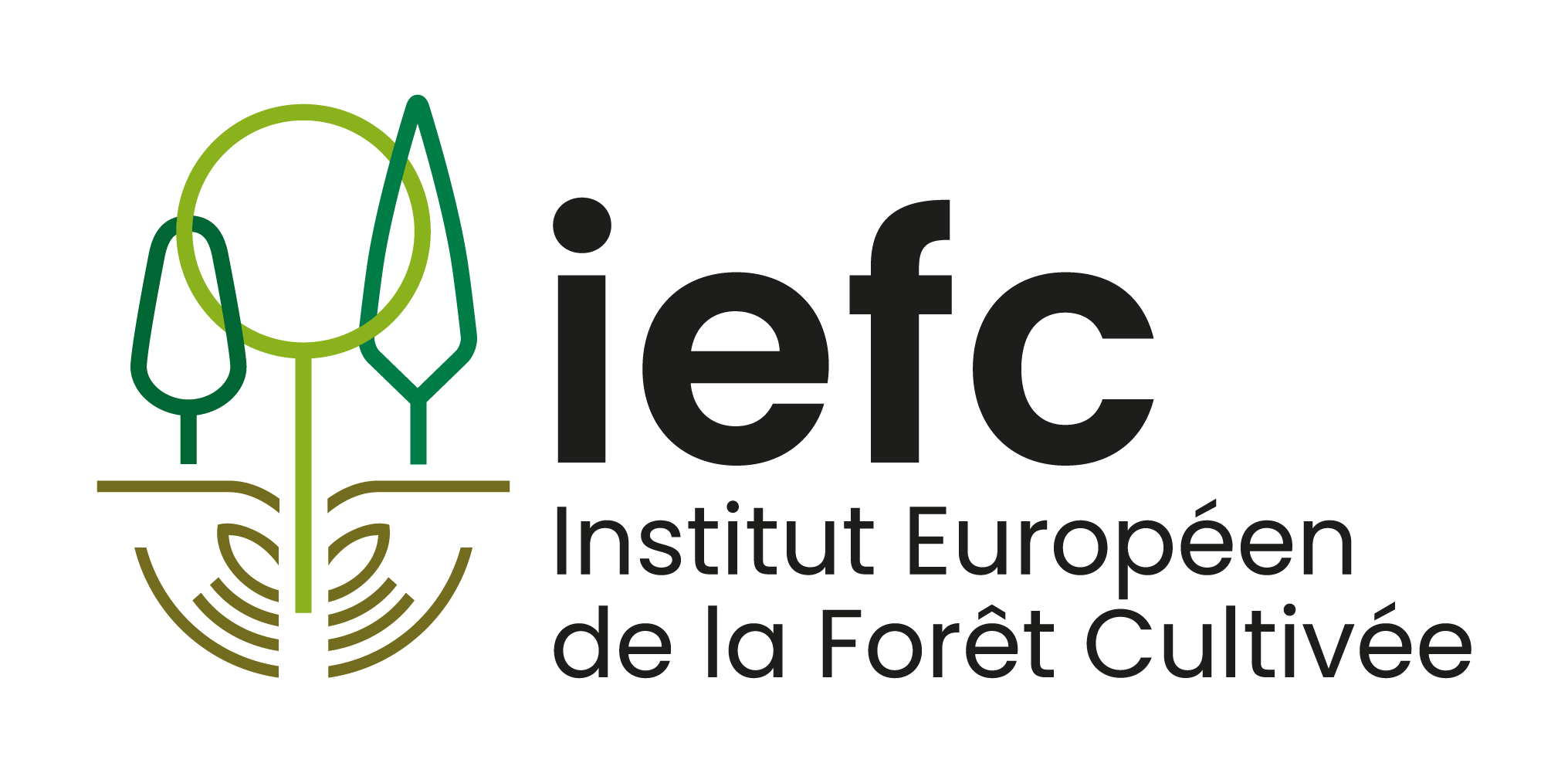
FIRE-RES is a European research project (Horizon 2020, 2021-2025, 35 partners) aimed at developing an integrated management strategy for extreme forest fires in Europe.
The main goal is to make territories more resistant and resilient to this risk, by acting at different levels, from prevention to adaptation and detection.
Technological and socio-economic innovations (also known as Innovation Actions or IAs) are being deployed in the project’s 11 Living Laboratories.
The European Institute of Planted Forests, involved as a project partner, is also in charge of coordinating the New Aquitaine Living Lab.
FIRE-RES Living Labs

What is a Living Lab?
A Living Lab is a participatory innovation approach that seeks to include local communities, citizens and traditional stakeholders at every stage of the project, from design to deployment.
It is through this approach, combining scientific experimentation and stakeholder consultation, that we hope to create a shared dynamic for the dissemination of innovation.
The Nouvelle-Aquitaine Living Laboratory
It covers the entire Landes de Gascogne massif and brings together public bodies, forestry stakeholders, forest fire risk experts and research organizations.
In the case of FIRE-RES, innovations had been identified prior to the project. A roadmap and a diagnosis of the study area had been carried out in order to choose the most relevant innovations to be tested in the territory. The work program is regularly updated as the activities are rolled out and the various innovations are assessed.

Organisation chart of the Nouvelle-Aquitaine Living Lab
Activities of the European Institute of Planted Forests
The work carried out by the IEFC and INRAe with the help of members of the Living Laboratory as part of the project aims to improve strategies for the prevention of forest fires. Exploration of land-use planning scenarios, new computer tools, training, dialogue with local stakeholders and an innovative communication strategy are being deployed to rethink the notion of resilient landscapes. As coordinator of the Living Lab, the Institute is responsible for promoting innovation and exchanges between the actors that make it up.
These activities fall under the following work packages:
WP 1 – An integrated approach to extreme forest fires:
Development of a shared framework on knowledge related to extreme forest fires, construction of future scenarios and alternatives based on climatic and biophysical data
WP2 – Adaptive territorial management:
Development of a shared framework on knowledge related to extreme forest fires, construction of future scenarios and alternatives based on climatic and biophysical data
WP3 – Economic drivers of fire-resistant landscapes:
Exploration, evaluation and development of economic policies and interventions.
WP4 – Proactive governance, engaged communities and European risk culture:
Design and testing of new solutions for forest fire governance, community engagement and European forest fire risk culture.
WP6 – Accelerated Innovation and Exploitation Program:
Exploitation of innovative solutions for mitigating forest fire risks, increasing the adoption and impact of FIRE-RES AIs
WP7 – Communication, Dissemination and Stakeholder Engagement:
Maximizing the visibility of the project, communicating and disseminating its results to identified target groups
WP8 – Coordination of the implementation of Living Labs and Innovation Actions:
Creation and maintenance of the conditions for successful implementation of Living Labs and Innovation Actions.
WP9 – Project coordination and management.

